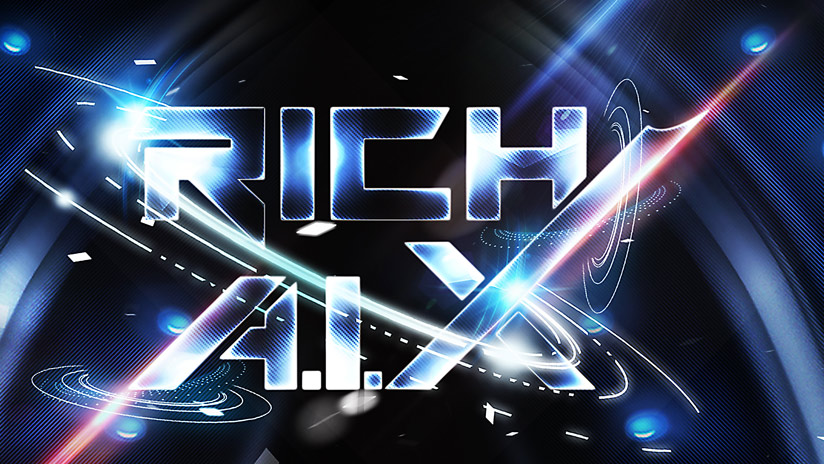Melding Minds with Machines: Development of Implantable Interfaces to Restore Motor Function
Millions of Americans have difficulties with their physical functioning. Dr. Karunesh Ganguly explores the Brain-Computer Interface (BCI). The concept of bio-interactive neural interfaces sates to the early 20th century with successes like cochlear implants, deep brain stimulation and responsive stimulation. He is now working on neural interfaces for communication and movement by working to translate neural engineering based approaches into treatments for those with impaired function. Recorded on 11/21/2019. [1/2020] [Show ID: 35242]
More from: Next: UCSF Scientists Outline What’s To Come
(https://www.uctv.tv/mini-med-next)
UCTV is the broadcast and online media platform of the University of California, featuring programming from its ten campuses, three national labs and affiliated research institutions. UCTV explores a broad spectrum of subjects for a general audience, including science, health and medicine, public affairs, humanities, arts and music, business, education, and agriculture. Launched in January 2000, UCTV embraces the core missions of the University of California -- teaching, research, and public service – by providing quality, in-depth television far beyond the campus borders to inquisitive viewers around the world.
(https://www.uctv.tv)
0:00 Introduction
0:42 Introduction
2:33 Motor Disability in the US
4:04 Rehabilitation Needs Vary
6:43 Motor Dysfunction
7:32 Brain-Computer Interface (BCI)
10:20 Extracellular Recording of Activity
13:52 Recording neural activity from the brain
16:27 Volitional control of brain activity
17:44 Volitional control of movements
19:08 Distributed neural population activity
21:25 Recording from neural populations
21:58 Real-time decoding of hand position
23:32 "Closed-Loop" Brain-Computer Interfaces
24:05 Neural Plasticity Key for BCI control "Maps"
28:02 EEG-interface for communication
31:02 Spike Based Control in Human Subjects
31:42 BCI Control of a Computer Cursor
32:30 Robotic arm control in a tetraplegic subject
34:15 Translational Challenges
36:35 ECOG based chronic implant
40:31 Impaired hand function after stroke
41:45 Towards the Development of a Closed-Loop Neural Interface for Stroke
42:33 Synchronous Network Activity During Skilled Movements
44:36 Changes in Speed/Consistency with Learning
45:10 Reemergence of synchronous activity
47:05 Summary
47:48 ECOG in Stroke
50:27 What's next...
Millions of Americans have difficulties with their physical functioning. Dr. Karunesh Ganguly explores the Brain-Computer Interface (BCI). The concept of bio-interactive neural interfaces sates to the early 20th century with successes like cochlear implants, deep brain stimulation and responsive stimulation. He is now working on neural interfaces for communication and movement by working to translate neural engineering based approaches into treatments for those with impaired function. Recorded on 11/21/2019. [1/2020] [Show ID: 35242]
More from: Next: UCSF Scientists Outline What’s To Come
(https://www.uctv.tv/mini-med-next)
UCTV is the broadcast and online media platform of the University of California, featuring programming from its ten campuses, three national labs and affiliated research institutions. UCTV explores a broad spectrum of subjects for a general audience, including science, health and medicine, public affairs, humanities, arts and music, business, education, and agriculture. Launched in January 2000, UCTV embraces the core missions of the University of California — teaching, research, and public service – by providing quality, in-depth television far beyond the campus borders to inquisitive viewers around the world.
(https://www.uctv.tv)
0:00 Introduction
0:42 Introduction
2:33 Motor Disability in the US
4:04 Rehabilitation Needs Vary
6:43 Motor Dysfunction
7:32 Brain-Computer Interface (BCI)
10:20 Extracellular Recording of Activity
13:52 Recording neural activity from the brain
16:27 Volitional control of brain activity
17:44 Volitional control of movements
19:08 Distributed neural population activity
21:25 Recording from neural populations
21:58 Real-time decoding of hand position
23:32 “Closed-Loop” Brain-Computer Interfaces
24:05 Neural Plasticity Key for BCI control “Maps”
28:02 EEG-interface for communication
31:02 Spike Based Control in Human Subjects
31:42 BCI Control of a Computer Cursor
32:30 Robotic arm control in a tetraplegic subject
34:15 Translational Challenges
36:35 ECOG based chronic implant
40:31 Impaired hand function after stroke
41:45 Towards the Development of a Closed-Loop Neural Interface for Stroke
42:33 Synchronous Network Activity During Skilled Movements
44:36 Changes in Speed/Consistency with Learning
45:10 Reemergence of synchronous activity
47:05 Summary
47:48 ECOG in Stroke
50:27 What’s next…











